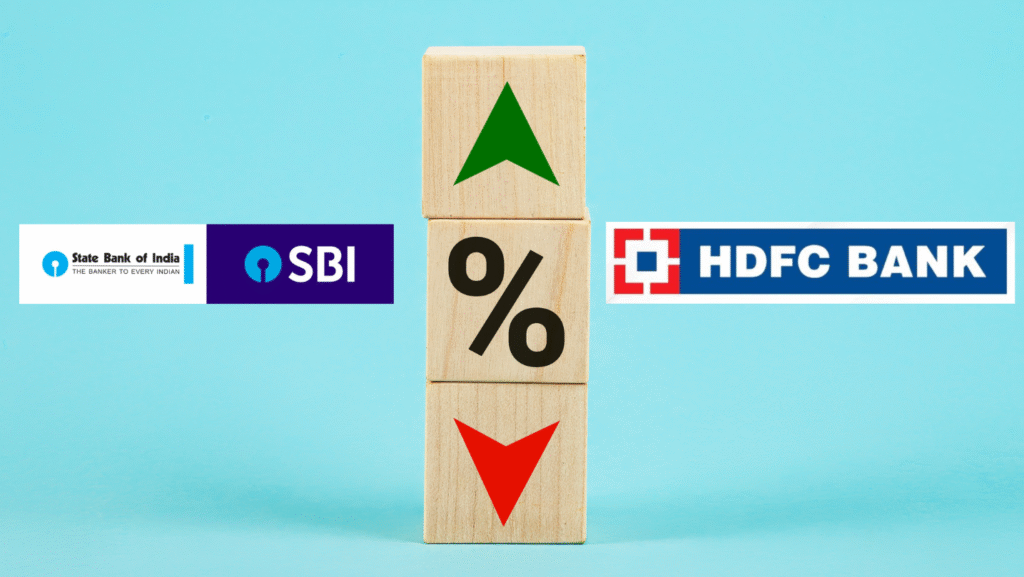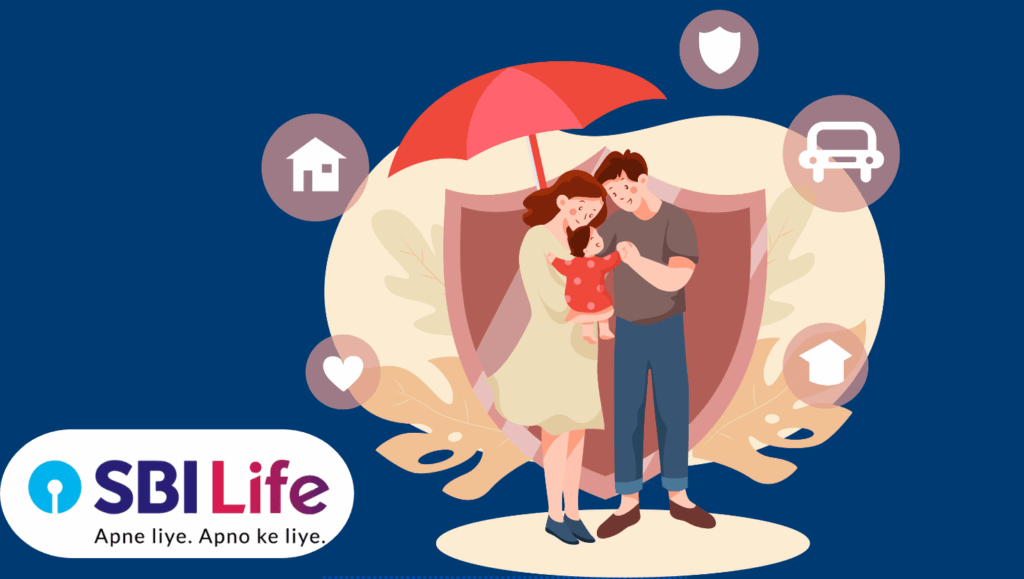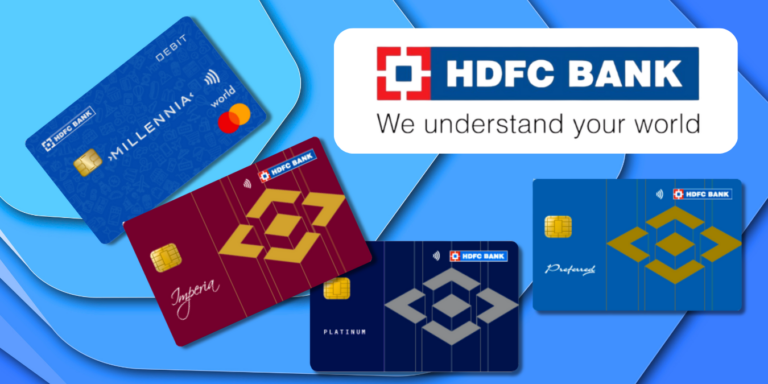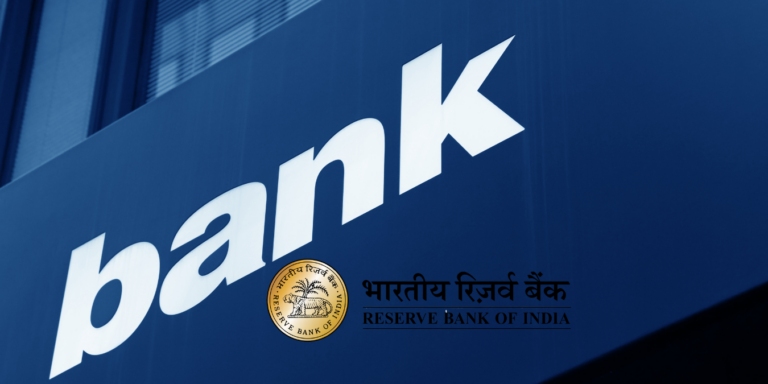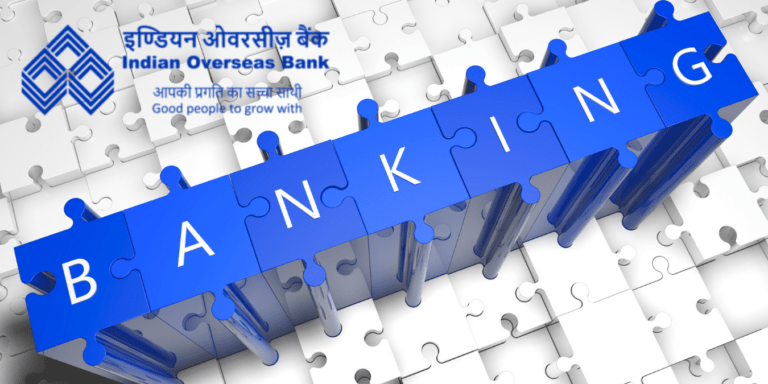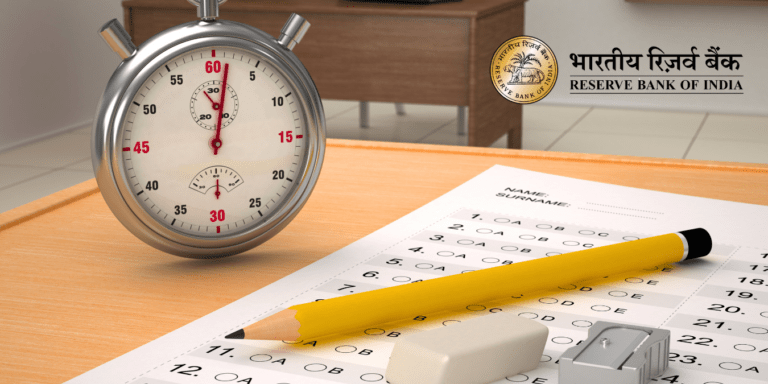
RBI’s 2025 Digital Banking Mandate: Digital Banking Becomes a Fundamental Right for Jan Dhan and Basic Accounts
Digital banking has become a legal right for Jan Dhan and basic account holders in India, thanks to RBI’s 2025 mandate. This upgrade guarantees secure access to online banking, enhanced consumer protections, and stronger cybersecurity standards—boosting financial inclusion and setting new safety benchmarks for millions across the country.
Digital banking has just crossed a major milestone in India. The Reserve Bank of India (RBI) has declared digital banking access a legal right for holders of basic savings and Jan Dhan accounts, marking a transformative step for financial inclusion. This comes amid RBI’s 2025 cybersecurity and consumer protection mandates designed to make India’s flourishing digital banking ecosystem safer and more accessible than ever. This post unpacks what these upgrades mean for millions, presents an expert guide on navigating enhanced protections, and highlights how this move sets a new benchmark for digital banking safety and inclusion in India.
Digital Banking as a Legal Right for Jan Dhan & Basic Account Holders
In the bustling villages of Uttar Pradesh or the crowded markets of Mumbai, accessing a bank often meant long queues and lost wages. RBI’s bold 2025 move flips this script, declaring digital banking a fundamental right for Pradhan Mantri Jan Dhan Yojana (PMJDY) and Basic Savings Bank Deposit Accounts (BSBDA) holders. No more begging for app access or paying hidden fees—these accounts, designed for the unbanked, now guarantee free internet and mobile banking.
This upgrade builds on PMJDY’s decade-long success. Launched in 2014, the scheme has opened 56.16 crore accounts by August 2025, mobilizing deposits worth ₹2.68 lakh crore. Women hold 56% of these, a testament to schemes like PMJDY driving gender parity in finance. For a daily wage earner in Bihar, this means checking crop subsidy credits via UPI without trekking to a branch.
The mandate ensures vulnerability doesn’t block progress. Rural holders, who own 67% of accounts, gain tools to join India’s digital boom—think instant remittances for migrant workers in Kerala sending money home. It’s RBI’s nod to inclusivity, aligning with the Financial Inclusion Index hitting 67 in 2025, up from prior years.
Expect ripple effects. Analysts predict a 20-30% surge in digital transactions from these accounts, fueling UPI’s growth to 15 billion monthly volumes by year-end. For families like Rajesh’s in Tamil Nadu—where his wife manages household funds via phone—this right means empowerment, not exclusion.
Grievance mechanisms get a boost too. Banks must now prioritize complaints from these holders, with faster resolutions. This levels the playing field, ensuring even a smallholder in Odisha isn’t dismissed over a glitchy app.
In essence, RBI’s vision? A India where finance isn’t a privilege but a right. As we dive deeper, see how this ties into beefed-up protections.
Summary
What are the 2025 upgrades in digital banking rights by RBI? In 2025, RBI legally established digital banking as a fundamental right for Jan Dhan and basic account holders, mandating banks to provide secure internet/mobile banking access at no extra cost. Banks must migrate to ‘.bank.in’ domains by October 31, implement two-factor authentication (2FA) for transactions from April 2026, and strengthen internal grievance redressal for compensation—boosting inclusion for 56 crore+ users and slashing fraud risks.
Enhanced Consumer Protections and Cybersecurity Mandates in 2025
To complement the right of digital banking access, RBI has also mandated robust consumer protections and upgraded cybersecurity standards as part of its 2025 regulatory framework. Key elements include:
- Migration of all bank internet portals to the exclusive ‘.bank.in’ domain by October 31, 2025, simplifying identification of legitimate banking sites and reducing risks from phishing and fraud.
- Mandatory two-factor authentication (2FA) for all digital transactions, improving the security of online payments and account access.
- Introduction of Zero Trust Architecture and continuous threat monitoring for operational resilience against cyberattacks.
- Stronger internal ombudsman mechanisms empowered to award compensation and resolve grievances effectively.
- Prohibition of banks mandating digital banking channels, giving customers the freedom to choose “view only” or full transaction access per their preference.
These measures aim to drastically reduce fraud risks while delivering clarity, transparency, and trust to users of digital banking services.
Step-by-Step Guide: Accessing Digital Banking Rights as a Jan Dhan Holder
Activating your rights shouldn't feel like cracking a code. With RBI's mandate fresh, banks are rolling out camps—grab this chance. Follow these steps to go digital securely, starting today.
- Verify Eligibility and Gather Docs: Confirm your PMJDY or BSBDA status via your passbook or bank SMS. You'll need Aadhaar, PAN (if linked), and a working mobile. Head to a nearby branch or camp—many PSBs are hosting till September end for re-KYC.
- Download Official App or Visit Site: Use Google Play or App Store for your bank's app (e.g., SBI YONO). Or log into the new '.bank.in' portal once migrated. Avoid third-party links—stick to verified sources to dodge malware.
- Register for Services: Enter account details, set a strong MPIN (mix letters, numbers, symbols). Link Aadhaar for seamless verification. Choose access level: "View only" for basics or full for transfers.
- Enable 2FA and Alerts: Set up OTP via SMS (free for basics), biometrics if phone supports, or hardware tokens. Activate push notifications for every login or transaction over ₹500—vital for tracking remittances.
- Test and Customize: Make a small test transaction, like a ₹10 UPI ping. Customize dashboards for bill pays or insurance links, integrating with schemes like Atal Pension Yojana.
- Bookmark Grievance Channels: Save your bank's internal ombudsman email and RBI's Sachet portal. Report glitches within 24 hours for priority.
For a real-world twist, take Priya from Rajasthan: She followed these, activating in 10 minutes at a village camp, now managing her SHG loans digitally. Pro tip: Do this on a trusted home Wi-Fi, not a cyber cafe.
This guide empowers 300 million rural users. Master it, and you're not just banking—you're building wealth.
Pro Tips for Safe and Effective E-Banking Usage
Digital banking's magic lies in smart habits. In 2025, with UPI hits 16 billion transactions monthly, one slip can cost dear. Here are battle-tested tips from fintech pros, tuned for Indian realities.
- Domain Vigilance First: Always type '.bank.in' manually—e.g., sbi.bank.in. RBI's migration ensures no fakes slip through, saving you from the 2 lakh phishing cases reported quarterly.
- Password Power-Up: Change defaults quarterly; use phrases like "MeraGhar2025!@#" tied to personal memories. Tools like bank apps' strength checkers help—vital for multi-account holders.
- OTP Fortress: Never share, even for "verification calls." Scammers spoof bank numbers; hang up and redial official lines. This thwarts 60% of voice phishing.
- Alert Overload Wisely: Enable all—transaction, low-balance, login fails. Review weekly; apps like PhonePe flag anomalies, perfect for gig workers tracking daily earnings.
- Wi-Fi Wisdom: Ditch public hotspots for banking; use mobile data or VPNs (free ones like Proton). In metros, this dodges man-in-the-middle attacks on cafe networks.
- App Hygiene Routine: Update weekly for patches—Android's auto-update shines here. Uninstall unused apps to shrink attack surfaces, especially on budget Jio phones.
- Family Firewall: Educate kin via simple demos; share RBI's cyber hygiene videos. For joint accounts, set shared alerts to catch elder frauds early.
Bonus: Integrate with BHIM for zero-fee transfers, amplifying Jan Dhan's reach. These tips aren't rules—they're your digital armor, turning potential pitfalls into power moves.
Common Mistakes to Avoid in Digital Banking
Even tech-savvy Indians falter here. With digital adoption at 75%, errors cost ₹10,000 crore yearly in frauds. Sidestep these pitfalls to safeguard your progress.
- Domain Drift: Clicking emailed links leads to clones. Always verify '.bank.in'—a Delhi trader lost ₹50,000 this way last month.
- Fee Blind Spots: Scan for "convenience charges" on basics; RBI bans them, but glitches happen. Query via app chat before paying.
- Access Overkill: Granting full rights without need exposes more. Start "view only"—upgrade as comfort grows, like a Gujarat farmer testing waters.
- Report Lag: Waiting days on suspicious debits voids claims. Act in hours; RBI's 10-day window is strict.
- Scam Surrender: "Prize won" texts? Delete. Sharing Aadhaar for "upgrades" invites identity theft, rampant in Tier-2 cities.
- Update Neglect: Skipping app patches invites exploits. A 2025 vulnerability hit unpatched devices, draining 5,000 accounts.
Learn from Lakshmi in Andhra: She ignored an alert, lost ₹2,000 to SIM swap. Now? She's vigilant, savings intact. Avoidance is your best hack.
Expert Insights: What RBI’s E-Banking Rights Upgrade Means for India’s Financial Future
Fintech veteran Ravi Shankar calls it "inclusion 2.0." RBI's mandate isn't paperwork—it's rocket fuel for a $5 trillion economy by 2027. With 56% women-led accounts, it spotlights empowerment: Imagine SHGs in Maharashtra trading digitally, boosting local crafts.
Uptake forecasts? 25% jump in low-income digital products, per KPMG 2025 report. Offline fade means 30% cost cuts—faster DBT for 80 crore beneficiaries.
Digital literacy surges, especially rural: 40% women trainees via banks' camps. Cybersecurity? Zero Trust could halve breaches, aligning with global standards.
Accountability peaks: Ombudsmen handling 2 million cases yearly get teeth, forcing banks to prioritize users. For migrants, it's remittances sans borders—₹10 lakh crore annually, safer.
Long-term? A resilient sector weathering recessions. As expert Neha Patel notes, "This bridges urban-rural divides, making India a fintech superpower." The future's bright—for those who claim it.
Final Thought: Embrace Your Digital Banking Rights Today
The RBI's 2025 mandate is a landmark moment for India’s financial inclusion journey. If you hold a Jan Dhan or basic savings account, exercise your newly guaranteed digital rights today by activating secure internet or mobile banking. Stay informed about enhanced protections, practice safety tips, and report any digital banking issues promptly to safeguard your money and personal data. This is the time to embrace the power of digital banking as a secure, convenient, and accessible right for all.
Disclaimer: The use of any third-party business logos in this content is for informational purposes only and does not imply endorsement or affiliation. All logos are the property of their respective owners, and their use complies with fair use guidelines. For official information, refer to the respective company’s website.
